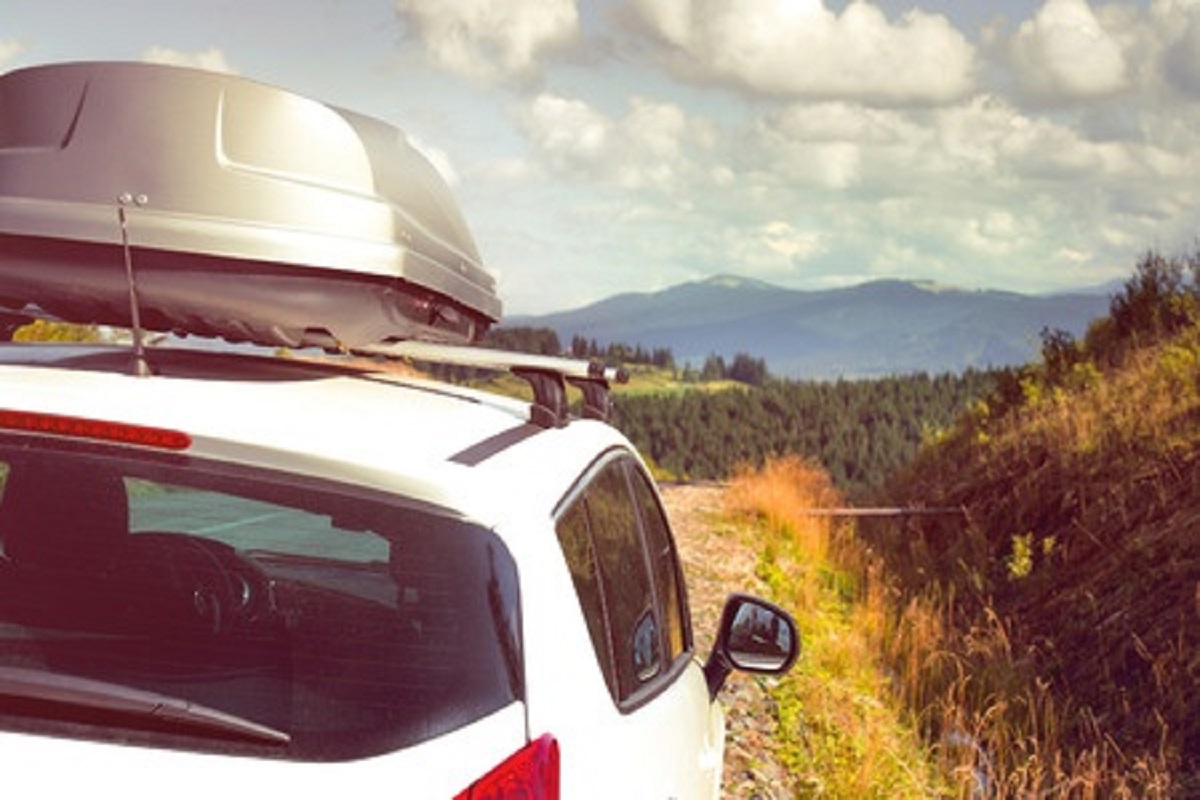Finding the Right Bike Rack
If you bike often and usually drive to different biking destinations, a bike rack may be ideal for carrying your bicycle. However, there is a vast selection of bike racks to choose from—along with speed, weight can affect gas mileage, so it’s important to choose a bike rack that is appropriate for your car.
To figure out which rack may be best, do a little research on the make and models offered. Keep the following in mind: how often you use your bike, how many bikes you need to fit, how often you may need to change it, if you share the vehicle with someone who doesn’t bike, how much you want to spend, and if there is anything on your roof that may interfere with a rack’s placement.
The wrong rack can be a safety concern and can cause damage to both your bike and vehicle. Bike racks tend to be either strap-on, hitch-mount, or roof racks. Not every rack is a great fit for every car, but here are the pros and cons of them all:
Strap-On, Trunk-Mounted Carrier
The strap-on mounts are usually the least expensive, between $40-$200. Straps attached to the carrier’s frame attach to the trunk or rear bumper, with the bike’s frame resting on plastic support arms that may have padded cradles to support the frame. The carriers should be tightly strapped with the supports properly positioned. These carriers usually hold one or two bikes and can fit many vehicles.
They do, however, have a greater chance of damaging vehicles due to their weight. Straps can also wear out or become loose, and they can make it harder to access your trunk. Despite that, they are convenient to a broader range of vehicles and are easier to move between vehicles.
Roof-Mounted Carrier
Roof carriers attach to vehicles that already have roof racks and crossbars. Most sports utility vehicles or SUVs come with them and can reduce the cost of your bike mount. Basic carriers vary from $50-$100 depending on the model of the vehicle, but the added cost for roof racks and crossbars can add $200 more. Most roof mounted carriers come with accessories that allow for different activities other than biking, such as skiing, canoeing, and surfing. These racks have lockable mounts and can hold at least four bikes.
Some drawbacks are that they’re a little more complicated to install and are harder to take into parking garages or any areas with low clearance.
Hitch-Mounted Carrier
Hitch-mounted carriers have a little more size variety. Generic, single bike mounts can be found for under $100 and more popular brands, with more room for cargo, can cost up to $400. Some hitch mounts come with trays like roof mounted carriers or can be strapped in like most truck-mounted carriers. Hitch-mounted carriers are a little easier to install and are less likely to scratch the paint of your car.
However, you may need padding between the bikes to avoid scratching. Also, the rack may get in the way of your license plate or tail lights and can be a ticket-able offense if not installed properly.
Think you or someone you know is in need of Behind the Wheel Training? Training Wheels is a Brigantine driving school specializing in teaching new teen drivers how to stay safe on the road. For more information on our lessons, please click here.
Copyright: gekaskr / 123RF Stock Photo

